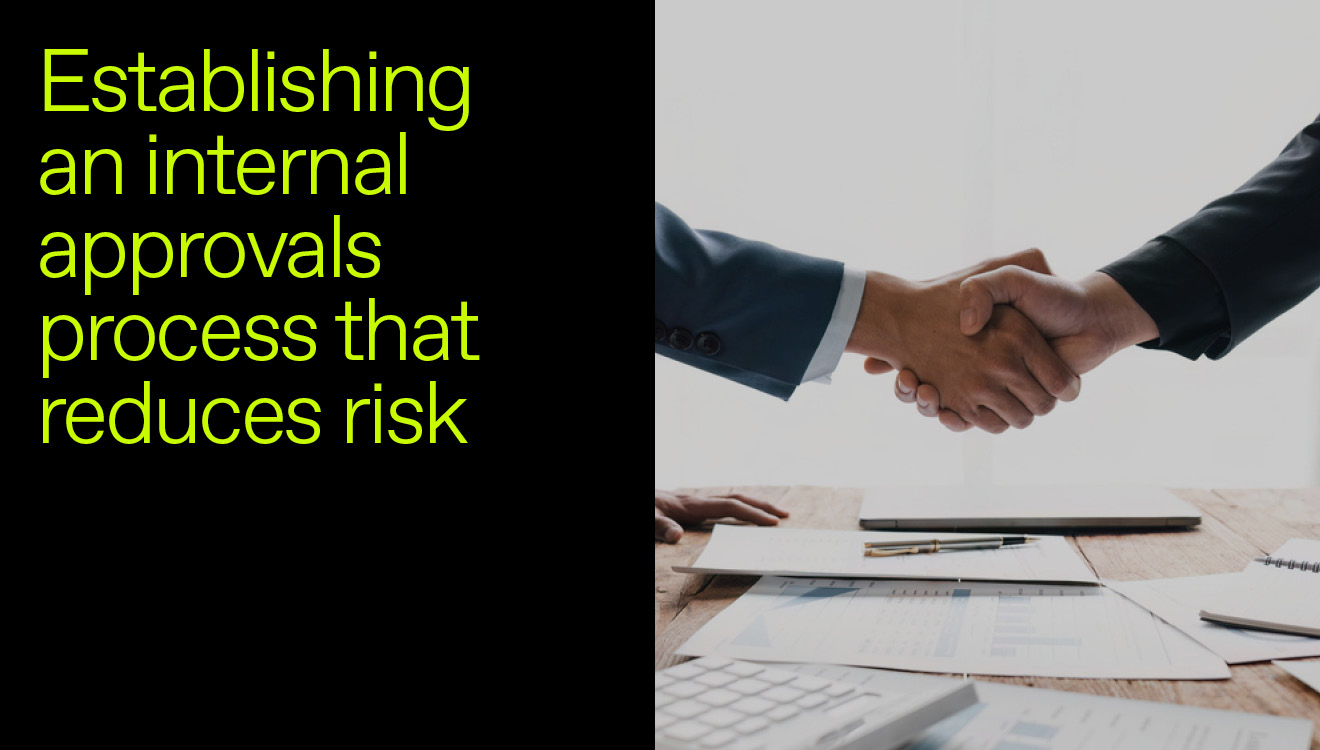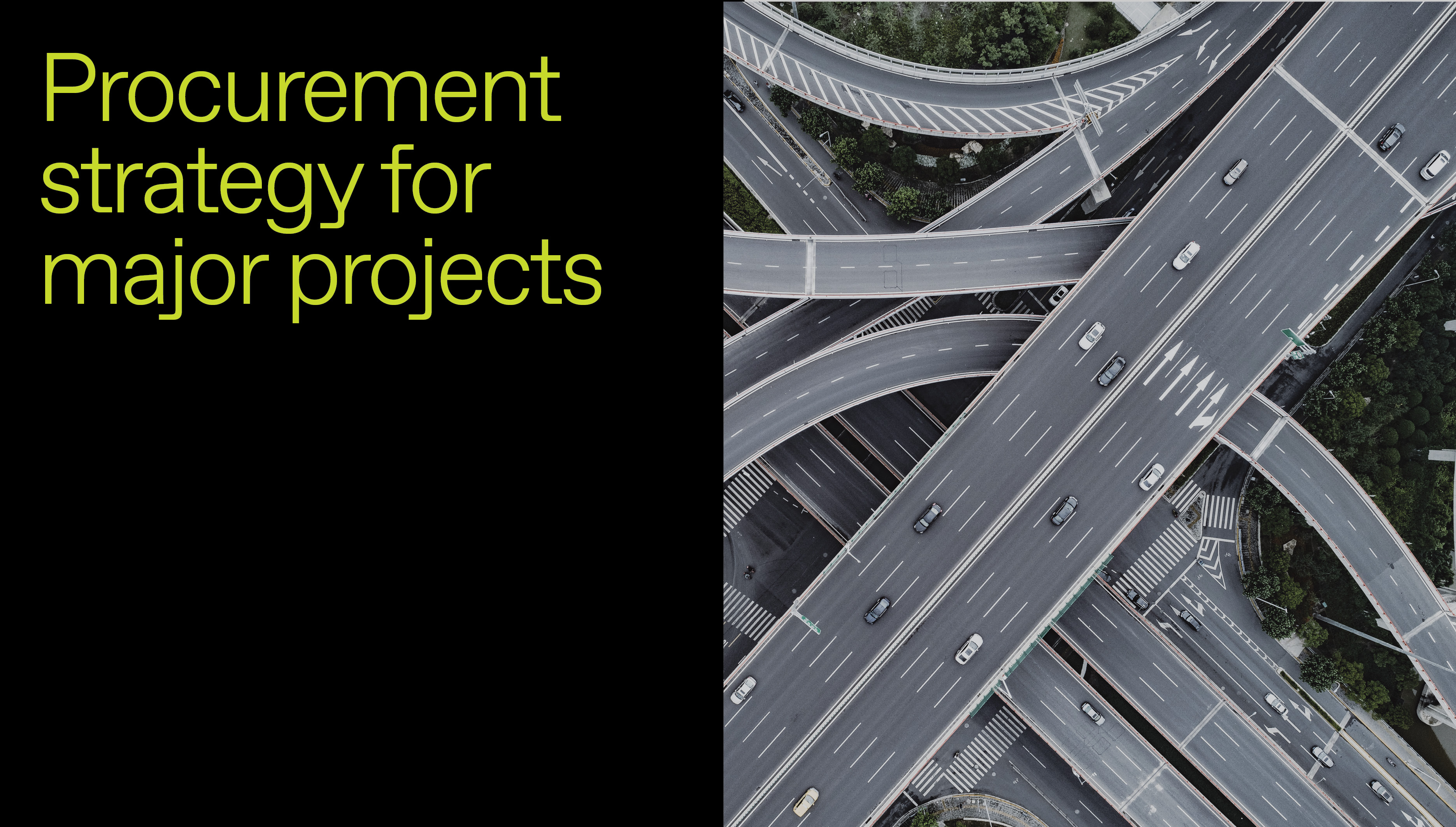Hydropower Construction: Keys To Successful Project Delivery
Developing hydropower is complex, from regulation to environment, procurement to construction and operation. These keys guide you to get it right.
By AnsaradaFri Aug 16 2024Tenders

Hydropower technology has around 90% conversion efficiency, making it ideal for generating or storing power where a suitable water resource is available. With the highest energy payback ratio of all known energy sources, a hydropower project is a long-term investment that provides ongoing renewable energy for small, large, centralised or isolated grids.
From the initial feasibility study to regulatory approval and project delivery, a successful hydropower construction project requires effective stakeholder collaboration and tracking of each stage.
These keys can help you navigate the broader issues and risks affecting the success or failure of a hydropower construction project. With the right tools in place, you can coordinate stakeholders, plan effectively, see and solve roadblocks early and secure finance for a hydropower project that’s successful in both the short and long term.
Identify the hydropower construction site and type of plant
Understanding the nature of the water resource that will drive the hydropower plant is key. This means understanding the stability of the resource, its history and how it may change in the future, considering variables like climate change, rainfall and water variability. Modelling possible futures allows the plant to be designed with resilience, to handle changing conditions and to operate effectively should catchment water availability change.
Project feasibility means meeting all of the regulatory requirements, beginning with access to the land. Geological suitability is also critical. Topology, geology and seismic risk all play into the cost, financing and project viability, impacting the lifespan of infrastructure and long-term success.
Address environmental and social impacts
The Environment Agency provides extensive guidance on selecting, designing and consultation required to gain approval to begin the construction of a hydropower site.
Addressing the environmental impacts is key to achieving regulatory approval and social acceptance for the project, from considering the movement of fish to the ecological impact of dams, risks of flooding and impact of land drainage.
Demonstrating sustainable practices can also help developers and owners to negotiate more favourable financing. The Hydropower Sustainability Alliance provides guidance, including self-assessment tools to help hydropower developers meet international standards for sustainability.
Design and engineering considerations for hydropower
The most appropriate dam type and best construction method depend on the unique characteristics of the chosen site. A large dam that covers a large area may have a diverse set of subsurface geological conditions. The dam design and construction plan must account for the extra weight of the water, concrete and sedimentation, which put massive forces on the dam foundation.
Safety is a critical consideration for design and construction and includes the safety of construction workers, ongoing employees and the wider community. Identifying and managing risks throughout design, procurement and construction protects the developer and owner against the consequences of an incident or legal challenge which could harm reputation, financial viability, social perception or the environment.
How much power will you need to generate and store?
Power demands and populations change over time, so the viability of a hydropower plant depends upon population growth in the area and fluctuations in industrial demands for power. As technology evolves and lifestyle expectations change, the power demand for a particular region can rapidly rise. Power demand is also seasonal, with extremes in climate influencing the use of heating and cooling systems. Careful planning regarding power generation and storage should account for spikes in power demand and changes over time.
How will you get power to where it will be used?
Appropriate power distribution infrastructure is another key element of a successful hydropower construction project. Ideally, power is used close to where it is generated, lowering the transmission costs and power loss during transfer, and improving financial returns.
If power needs to be transmitted to a distant location, careful planning of the route for power lines is key. Avoiding rugged terrain and sensitive areas will increase the likelihood of approval and reduce delays or risk of regulatory block.
Hydropower construction procurement
Procurement for hydropower projects includes large-scale, specialised civil works, like dams and tunnelling, and specialised hydromechanical and electrical equipment. Requirements may exceed what is available in the local economy, so regional companies may be engaged for tender to provide maintenance, civil works, security and transport. Food and accommodation for workers can be procured within the local economy.
Procuring sustainable infrastructure for hydropower projects requires tracking bid compliance against sustainability KPIs, ensuring bidders' innovative IP is protected and ensuring unbiased evaluation of bids to mitigate ‘greenwashing’.
Financing hydropower construction
While hydropower stations have a high initial investment, projects have a long life of the project and low operation and maintenance costs. Securing financing often requires demonstrating that risks have been adequately assessed and mitigated and that the project meets best-practice sustainability standards.
Raising capital for renewable energy projects requires structured documentation and clarity on the efficiency and cost-effectiveness of the investment.
Embrace the future of hydropower construction with Procure
As research continues into digital technology to improve hydropower plant efficiency, it’s increasingly clear that digital streamlining of hydropower construction and delivery is key to project success.
With Ansarada, you can confidently manage large volumes of documentation, access secure data rooms, raise funds, undertake procurement and see exactly where each dependency in the project sits at any moment in time. With full traceability, Procure brings order to complex infrastructure projects so you can avoid procurement pitfalls and confidently undertake planning, procurement and fund-raising with Ansarada’s highly effective toolkit.
Frequently asked questions
How long does it typically take to construct a hydropower plant?
Hydropower construction projects in the UK may take 2 to 4 years to complete. Environmental consents may take nine to 18 months, once approved, the hydro turbine has a lead time on average of 6-12 months. There is also extensive engineering design work and construction time.
What are the benefits and costs of building a hydroelectric power plant?
Hydropower provides low-cost electricity and a stable power source over time. Unlike renewable energy sources including wind and solar, power generation does not fluctuate with the changing weather. Significant initial investment is required to build the infrastructure, and there may be environmental impact. These costs and impacts may be offset where existing infrastructure can be used.
What natural conditions are needed to build a hydro-power plant?
To build a hydropower plant you will need a flow of water, an elevation drop, suitable geology to support a dam and land that is suitable for raising the water level above a dam. Many hydropower plants are located at the headwaters of river basins, where they help to control wide fluctuations in water flow. Increasing water flow in dry months helps to enhance aquatic habitats.
Read on:


